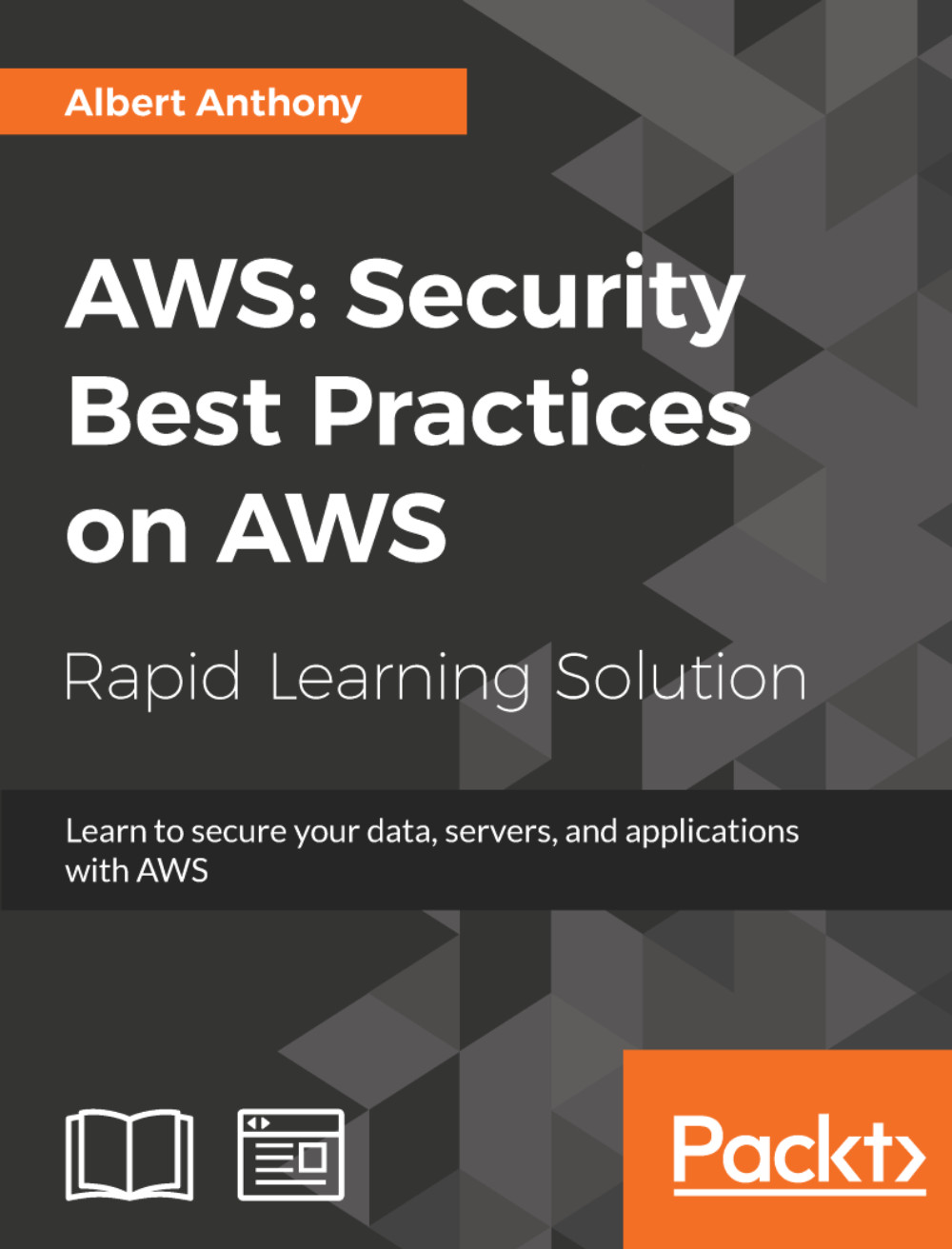Overview of this book
With organizations moving their workloads, applications, and infrastructure to the cloud at an unprecedented pace, security of all these resources has been a paradigm shift for all those who are responsible for security; experts, novices, and apprentices alike.
This book focuses on using native AWS security features and managed AWS services to help you achieve continuous security. Starting with an introduction to Virtual Private Cloud (VPC) to secure your AWS VPC, you will quickly explore various components that make up VPC such as subnets, security groups, various gateways, and many more.
You will also learn to protect data in the AWS platform for various AWS services by encrypting and decrypting data in AWS. You will also learn to secure web and mobile applications in AWS cloud.
This book is ideal for all IT professionals, system administrators, security analysts, solution architects, and chief information security officers who are responsible for securing workloads in AWS for their organizations.
This book is embedded with useful assessments that will help you revise the concepts you have learned in this book. This book is repurposed for this specific learning experience from material from Packt's Mastering AWS Security, written by Albert Anthony.



 Free Chapter
Free Chapter
